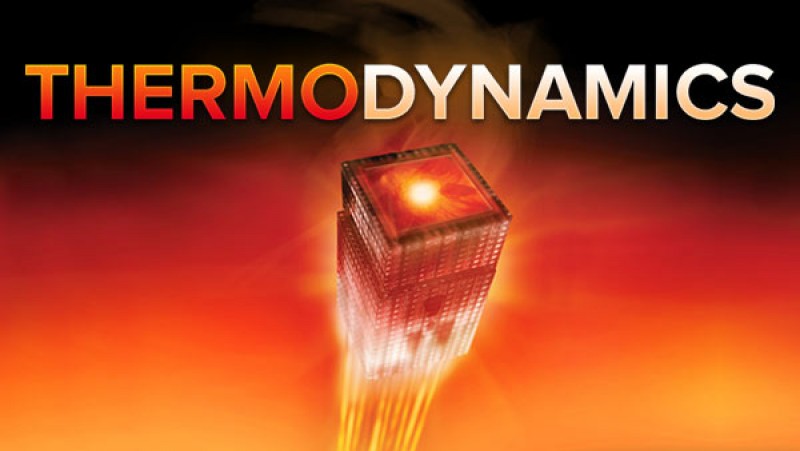
If heat flows out of the system, q out, or work is done by the system, w by, its internal energy decreases, Δ U < 0.Ī type of work called expansion work (or pressure-volume work) occurs when a system pushes back the surroundings against a restraining pressure, or when the surroundings compress the system. If heat flows into the system, q in, or work is done on the system, w on, its internal energy increases, Δ U > 0. The relationship between internal energy, heat, and work can be represented by the equation:įigure 5.19 The internal energy, U, of a system can be changed by heat flow and work. Conversely, energy is transferred out of a system when heat is lost from the system, or when the system does work on the surroundings. Both processes increase the internal energy of the wire, which is reflected in an increase in the wire’s temperature. For example, energy is transferred into room-temperature metal wire if it is immersed in hot water (the wire absorbs heat from the water), or if you rapidly bend the wire back and forth (the wire becomes warmer because of the work done on it). Energy is transferred into a system when it absorbs heat ( q) from the surroundings or when the surroundings do work ( w) on the system. The total of all possible kinds of energy present in a substance is called the internal energy ( U), sometimes symbolized as E.Īs a system undergoes a change, its internal energy can change, and energy can be transferred from the system to the surroundings, or from the surroundings to the system. When thermal energy is lost, the intensities of these motions decrease and the kinetic energy falls. The greater kinetic energy may be in the form of increased translations (travel or straight-line motions), vibrations, or rotations of the atoms or molecules. Energy is stored in a substance when the kinetic energy of its atoms or molecules is raised.

Substances act as reservoirs of energy, meaning that energy can be added to them or removed from them. As we concentrate on thermochemistry in this chapter, we need to consider some widely used concepts of thermodynamics. Thermochemistry is a branch of chemical thermodynamics, the science that deals with the relationships between heat, work, and other forms of energy in the context of chemical and physical processes. Explain Hess’s law and use it to compute reaction enthalpies.Calculate enthalpy changes for various chemical reactions.Write and balance thermochemical equations.Define enthalpy and explain its classification as a state function.By the end of this section, you will be able to:


 0 kommentar(er)
0 kommentar(er)
